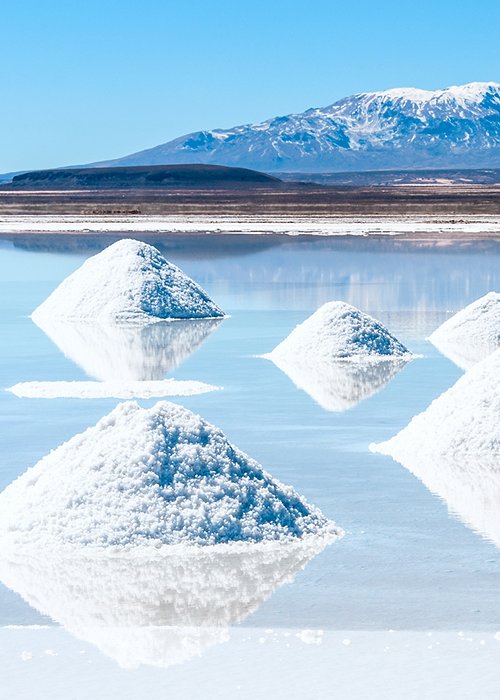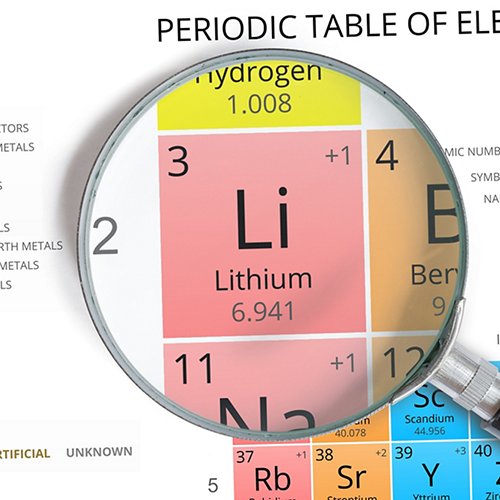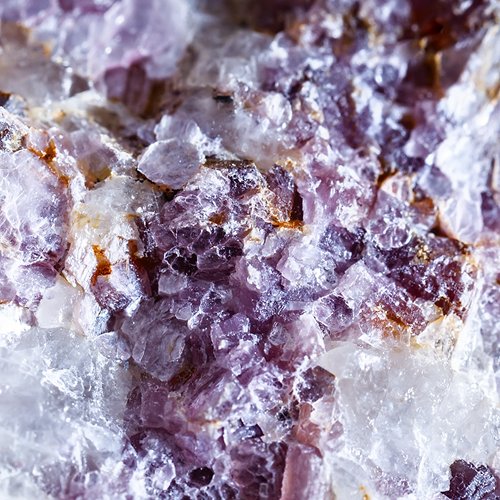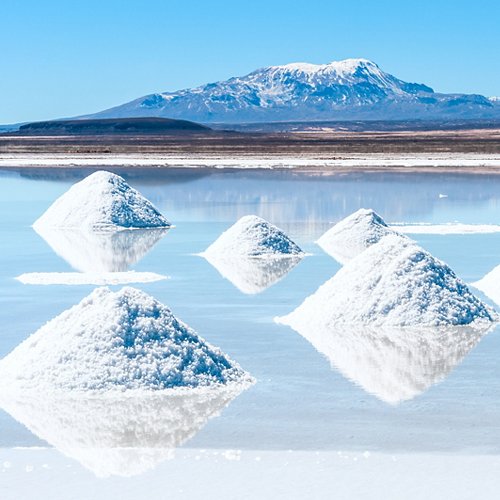In 1925, Charlie Chaplin dedicated one of his most famous films to the “gold rush”, a phenomenon that in the 19th century caused thousands of people to migrate to the United States, in search of fortune in mines, leaving behind the monotony of working in the new factories that grew up during the Industrial Revolution. Yet if this British filmmaker, famous for his clipped moustache and bowler hat, were to be here today, would he still choose gold as the element starring in his film? Up to a while ago, the new gold (black gold) in our collective imagery was mainly considered to be petroleum. But now? Today petroleum vies for the title of “contemporary gold” with several competitors, and one of those with which it has to reckon is certainly lithium, also known as “white gold”.







